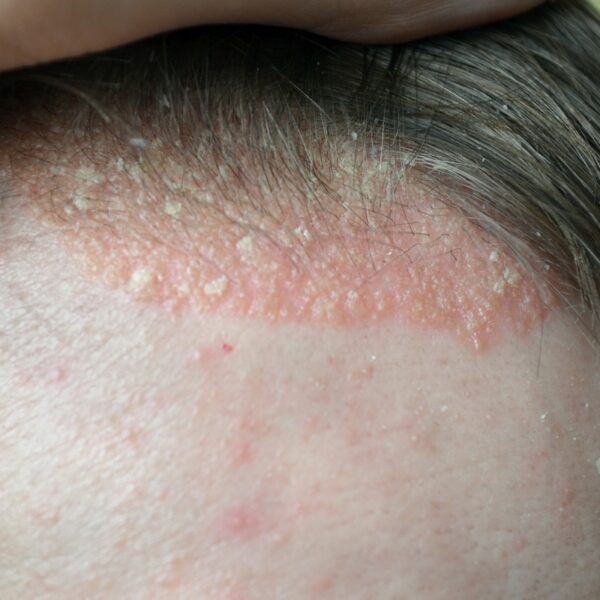
Understanding Psoriasis in the Elderly: Symptoms, Management, and Care
Psoriasis is a chronic skin condition that affects millions of people worldwide, including the elderly. Characterized by red, scaly patches on the skin, psoriasis can significantly impact the quality of life, especially in older adults. This article delves into the symptoms, management strategies, and care considerations for psoriasis in the elderly, providing valuable insights for patients, caregivers, and healthcare professionals. Psoriasis is an autoimmune condition that accelerates the life cycle of skin cells, causing them to build up rapidly on the surface of the skin. This results in the formation of scales and red patches that can be itchy and sometimes painful. While psoriasis can occur at any age, its prevalence and severity can increase with age due to various factors, including a weakened immune system and comorbidities common in older adults. Symptoms of Psoriasis in the Elderly The symptoms of psoriasis in the elderly are similar to those in younger individuals but can be more pronounced due to age-related skin changes. Common symptoms include: – Red patches of skin covered with thick, silvery scales : These patches can appear anywhere on the body but are most commonly found on the elbows, knees, scalp, and lower back. – Dry, cracked skin that may bleed :









